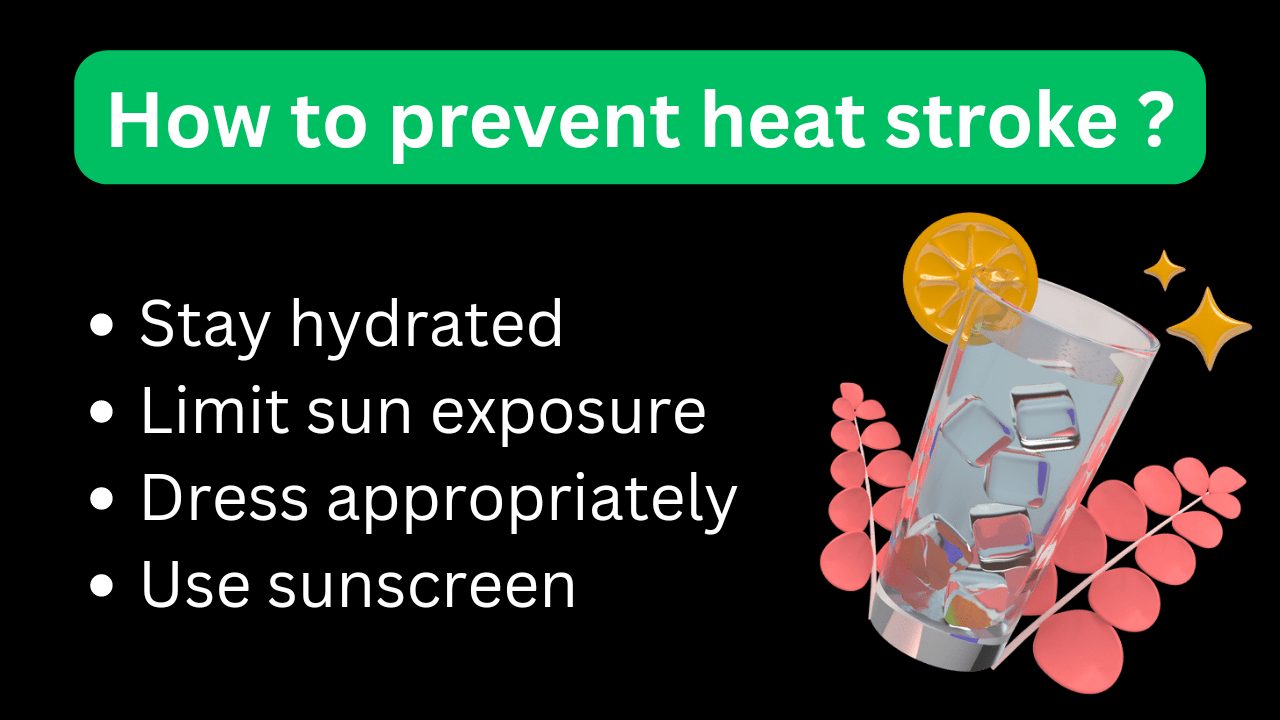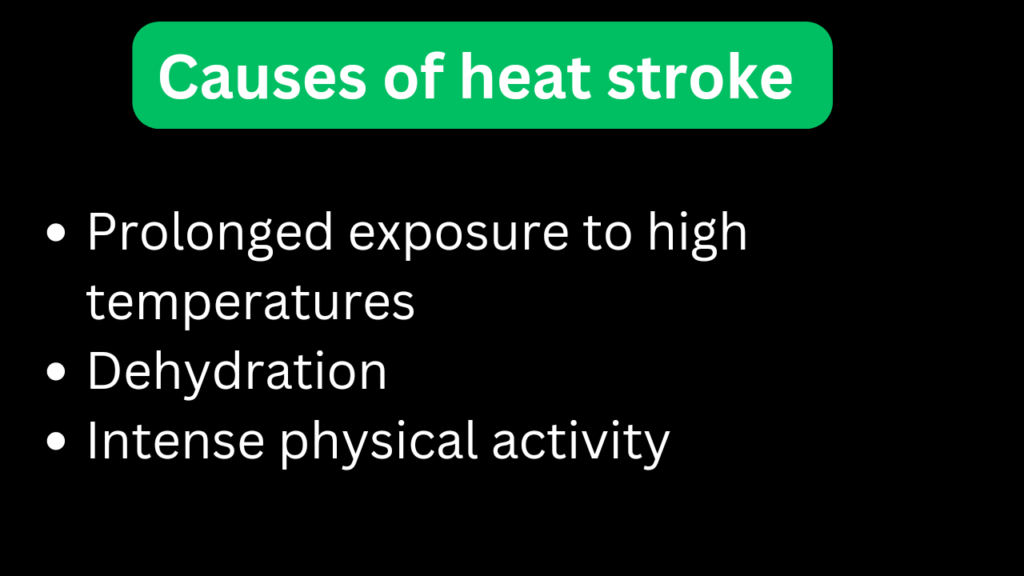Here you will learn about “What is the difference between heat exhaustion and heatstroke”.
Heatstroke and heat exhaustion are both heat-related illnesses, but they differ in severity and the body’s response to heat.
Heat exhaustion is considered a milder form of heat-related illness. It occurs when the body overheats due to prolonged exposure to high temperatures or strenuous physical activity in hot environments. The core body temperature typically remains below 104°F (40°C) in heat exhaustion.
On the other hand, heatstroke is a severe and potentially life-threatening condition. It happens when the body’s internal temperature rises to a dangerous level, usually above 104°F (40°C). Heatstroke can develop rapidly, and the body’s ability to regulate its temperature is overwhelmed. It is often the result of prolonged exposure to high temperatures or intense physical exertion in hot environments.
Heatstroke can affect anyone, but it is particularly dangerous for young children, the elderly, athletes, and individuals with certain health conditions.
What are the signs and symptoms of heat stroke?
Following are the sings and symptoms of heat stroke.
- High body temperature: A core body temperature of 104°F (40°C) or higher is a primary indicator of heatstroke.
- Altered mental state: Confusion, disorientation, agitation, slurred speech, and even seizures can occur.
- Rapid heartbeat and breathing: The heart rate may increase, and breathing can become shallow or rapid.
- Nausea and vomiting: Heatstroke may cause gastrointestinal symptoms, including nausea, vomiting, and stomach cramps.
- Skin abnormalities: The skin may become red, hot, and dry due to a lack of sweating. Alternatively, profuse sweating may be present in some cases.
- Headache and dizziness: Heatstroke can cause throbbing headaches and feelings of lightheadedness or dizziness.
Cause of heat stroke
Heatstroke typically occurs in hot and humid environments when the body is unable to cool itself down through sweating and other cooling mechanisms.
Following are the causes of heatstroke
- Prolonged exposure to high temperatures: Staying outdoors for extended periods during heatwaves or in hot environments without proper rest or hydration increases the risk of heatstroke.
- Dehydration: Insufficient fluid intake can hinder the body’s ability to regulate its temperature effectively.
- Intense physical activity: Engaging in vigorous exercise or exertion in high temperatures without adequate rest and hydration can lead to heatstroke.
- Certain medications and health conditions: Certain medications and medical conditions, such as heart disease, obesity, and respiratory problems, can increase it
How to prevent heat stroke?
Preventing heatstroke is essential, especially during hot weather or when engaging in physical activities. Here are some preventive measures:
- Stay hydrated: Drink plenty of fluids, particularly water, before, during, and after physical activities or exposure to hot environments.
- Dress appropriately: Wear lightweight, breathable clothing, and choose light colors that reflect sunlight.
- Take breaks and seek shade: Rest in shaded areas and take frequent breaks, especially during intense physical activities or prolonged exposure to heat.
- Limit sun exposure: Avoid direct sunlight during the hottest parts of the day (usually between 10 a.m. and 4 p.m.).
- Use sunscreen: Apply sunscreen with a high SPF to protect your skin from harmful ultraviolet (UV) rays.
- Never leave children or pets in a parked car: Temperatures inside a parked car can rise rapidly and lead to heatstroke or even death.
- Be aware of medication side effects: Consult a healthcare professional regarding the potential side effects of medications you are taking, especially if they may increase the risk of heat-related illnesses.
What temperature can cause heat stroke?
what are the first signs of heat exhaustion?
2. Fatigue and pounding headache, early indicators of heat’s toll.
3. Nausea, clammy skin, and muscle cramps—body’s plea for respite from scorching heat.
what do you do for heat stroke?
2. Cool the body by applying wet towels, using fans, and providing cool fluids while waiting for medical assistance. Stay with them and monitor their vital signs.
3. Drink water more as you can.

